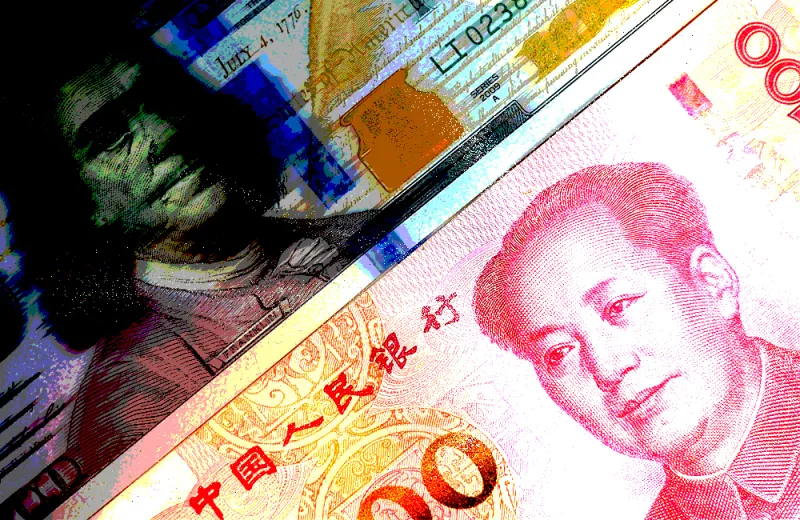Fixed income credit investors thought they were safer in developed markets last year as market uncertainty rose. But now emerging markets are gaining ground offering investors higher credit yields and stronger growth potential.
Credit yields in emerging markets are at the highest level in a decade, according to a recent report from PineBridge Investments. In Asia, the yield on high-yield bonds is at 14.8 percent, significantly above the current yield of their counterparts in the U.S., which stands at 8.8 percent. Corporate bonds in emerging markets are now yielding 7.4 percent, also higher than the U.S. aggregate yield of 4.6 percent.
“Much has changed since a year ago, when we favored shifting fixed income credit risk toward the U.S. due to its relative economic strength and the dollar’s dominance,” Steven Oh, global head of credit and fixed income at PineBridge, wrote in the report. “Now in the second half of 2023, it’s essentially the reverse, with a continued shift toward a more global portfolio approach, including a renewed focus on emerging markets.”
According to the report, emerging markets are bouncing back faster from the market downturn in 2022, leading to stronger corporate balance sheets for companies in these regions compared to those in developed markets. Investment grade and high-yield bonds in emerging markets have an average net leverage ratio of 0.9x and 1.8x, respectively, lower than the average of 2.6x and 3.4x for their U.S. counterparts, according to the report.
“While developed market economies face uncertainty about the ongoing tightening of monetary policy and its impact on economic activity and financial conditions, emerging markets are poised for a rise in economic growth,” Oh wrote in the report. “This could spur the widest growth premium between emerging and developed markets in a decade.”
Jonathan Davis, client portfolio manager and sustainable investment strategist in emerging markets fixed income at PineBridge, added that the monetary and fiscal stimulus that central banks in emerging markets have been implementing since the pandemic also made EM bonds better positioned than those in developed markets. “Many EM central banks began raising rates before the Fed, which along with a generally more conservative approach to pandemic-driven fiscal stimulus has seen EM inflation, broadly, remain in much more typical ranges than what developed market central banks are fighting," Davis told II.
In terms of sectors, Oh is particularly bullish on consumer-driven areas, such as gaming, travel, and leisure sectors in Macau and retailers in Hong Kong. He is also optimistic about renewables and certain commodities in India. In addition, the reopening of China following the pandemic may provide benefits to credit investors in both domestic firms and those in regions with frequent trade relations with China.
“The bulk of EM trade is with other emerging markets,” according to Oh. “While many local Asian economies will be the primary beneficiaries of China’s growth, a number of economies and industrial sectors across the Middle East, Africa, and Latin America will also benefit from increased trade with China.”
While the outlook on emerging market debt is promising, credit opportunities in developed markets should still play a critical role in investors’ fixed income portfolios, according to Oh. In particular, floating-rate assets are attractive investments in the short term given their ability to protect investors against rising interesting rates.
“While our relative focus has shifted to Asia and EMs, where most portfolios are underweighted, developed market fixed income still serves a critical role in portfolios and may offer attractive risk-adjusted return potential relative to equities,” according to the report.







